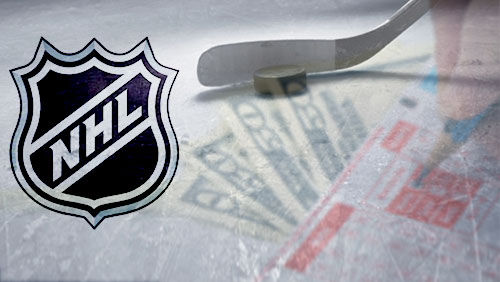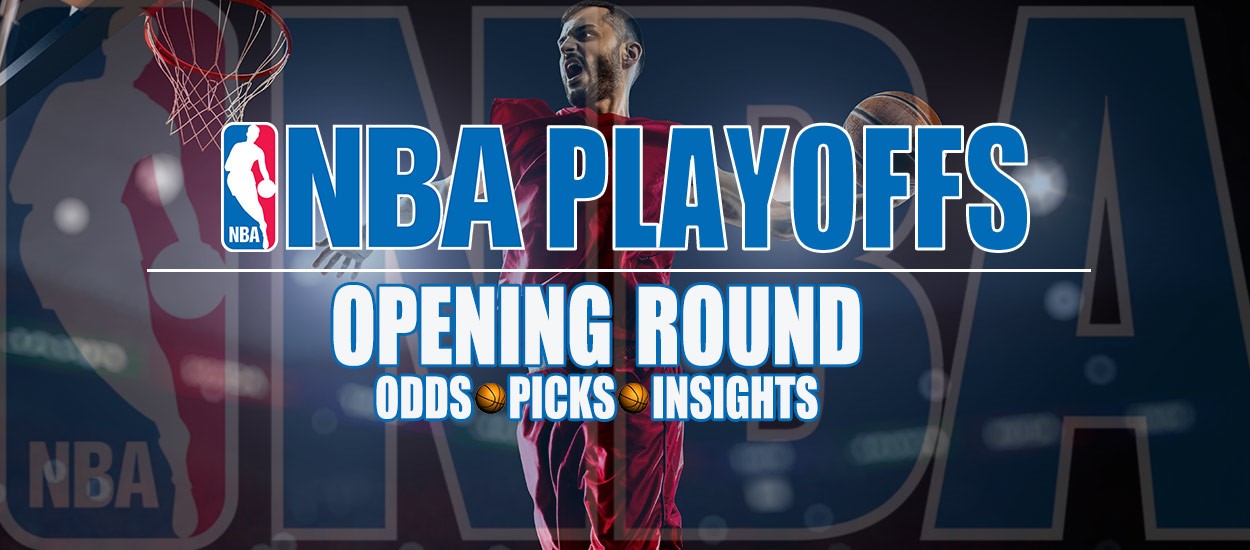The 2016-17 NHL season got underway with a pair of young guns putting on a show as rookie first-overall pick Auston Matthews became the first player in NHL history to score four goals in his debut for the Toronto Maple Leafs before Connor McDavid delivered a three-point night in a season-opening win for the Edmonton Oilers. While the highlights speak volumes, our focus is to look at the analytics of the sport in order to find trends that could help us gain an edge when it comes to betting on hockey. Here is a look at which stats are the best for predicting future success in the NHL.
Methods Of Analysis
There are plenty of different methods of analysis including the Poisson Distribution and the Pythagorean Expectation but the most accessible tool to evaluate sustained success is counting shots. Regardless of wins and losses, the number of shots a team has in a game compared to the number it allows is usually a good barometer for their ability to control play. Shots can provide a bigger amount of data to use for predicting future success than goals scored and goals allowed or wins. The more extensive shots at the net should be a better predictor overall than the number of goals scored per game.
Corsi & Fenwick
The majority of hockey fans have probably heard the terms Corsi and Fenwick used over time. Corsi is a stat that describes shots that are directed towards the net and they include goals, saves, misses as well as blocked shots. This stat can be quoted as a single number. Fenwick removes blocked shots from the calculation and more recent attempts have been made to improve the predictive ability of shot date by weighting each individual shot attempt differently. The point of these stats draws off the ideas that shots for and shots against is an excellent indicator of possession and thus also a great indicator of future success.
The Problems With Analytics
The only real problem with these stats is that unsustainable levels of shot conversion rates or save percentages can lead to major disparities from game to game. For example, if a team's Corsi is the same from one game to another but in the first game they are playing an elite goalie and in the second game they are playing a below average goalie than their goals could shoot from zero to five despite similar possession numbers. The stat referred to as PDO attempts to get rid of bias by calculating the sum of their save percentage and scoring percentage in to a cluster but the values van also differentiate on a large scale.
Outlook
It can be very difficult to predict a team's win-loss record based on advanced statistics alone. The best way to analyze the numbers is to use the possession as a guide to help you understand the matchup rather than basing predictions solely on what the analytics indicate. For example, if a team with a better Corsi and Fenwick is favored to win a game and they have home ice advantage as well as the better goaltender then there is a good chance they will win. However, if they have a better Corsi and Fenwick but are playing their third game in four nights on the road and using their backup netminder while the other team has their No. 1 goalie in net then it might make sense not to take that team to win the game. Hockey analytics can be an excellent tool for predicting future success but take every detail with a grain of salt while understanding the overall outlook for every single matchup and all of the factors that will impact the outcome of each game.







































